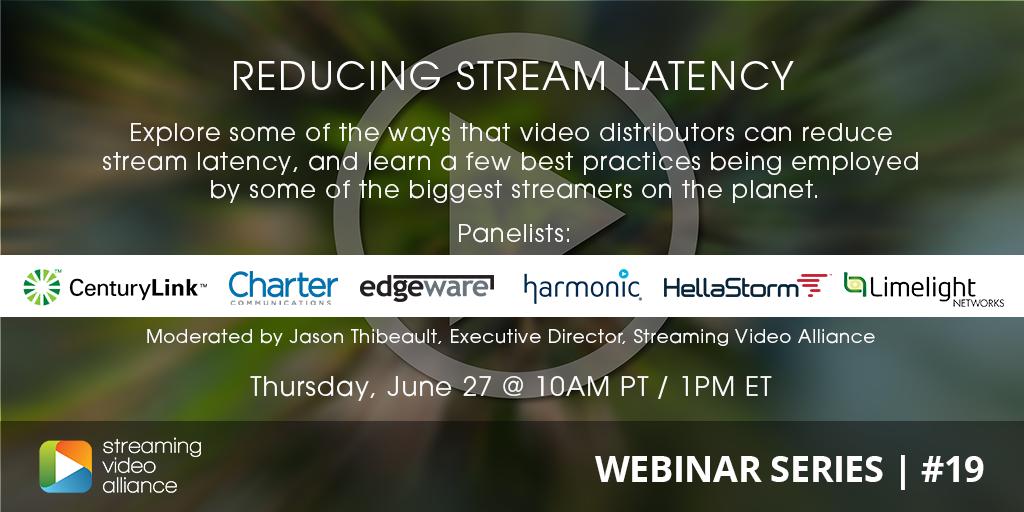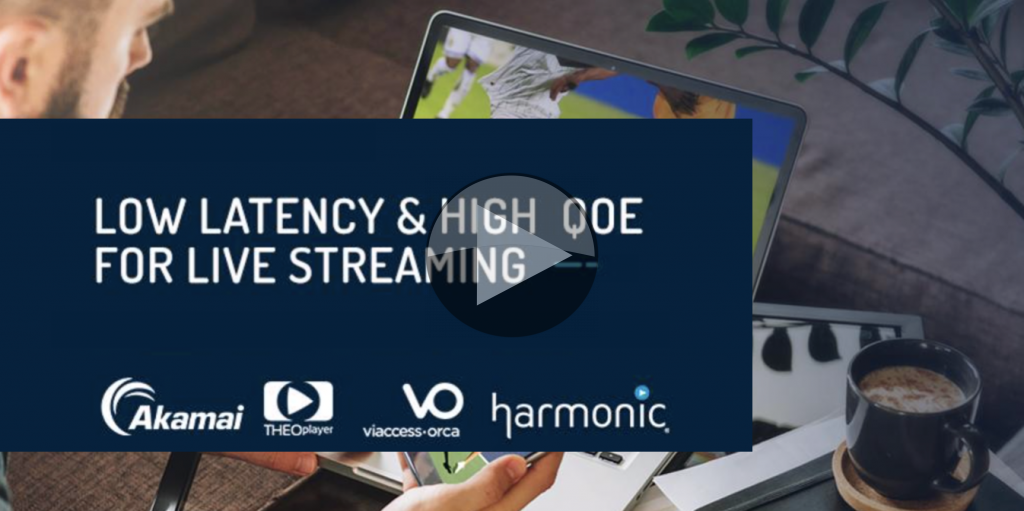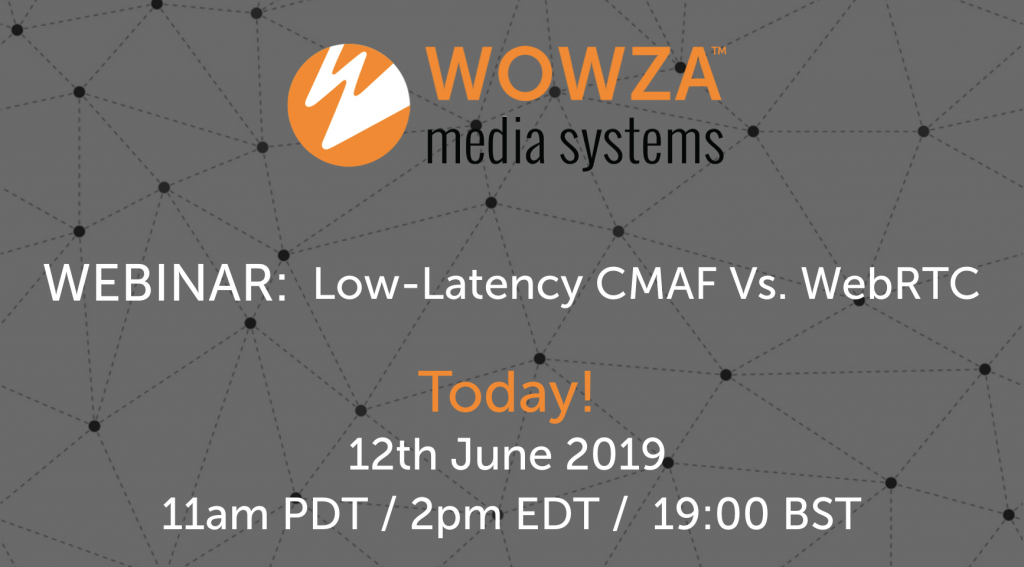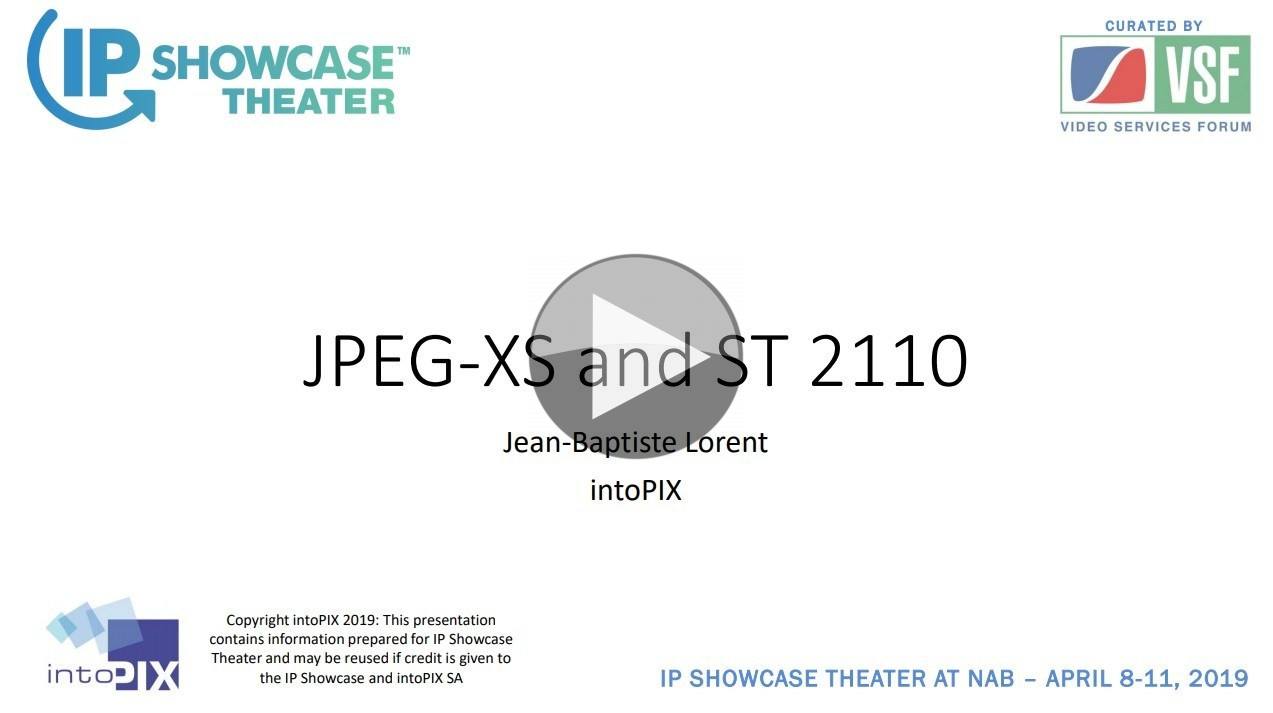
Latency seems to be the new battleground for streaming services. While optimising bandwidth and quality are still highly important, they are becoming mature parts of the business of streaming whereas latency, and technologies to minimise it – as Apple showed this month – are still developing and vying for position.
Here, the Streaming Video Alliance brings together people from large streaming services to explore this topic finding out what they’ve been doing to reduce it, the problems they’ve faced and the solutions which are on the table.
Watch now!
Speakers
 |
Kevin Johns Distinguished Network Architect, Content and Media CenturyLink |
 |
Chris Sammoury Principal Engineer II, Charter Communications |
 |
Richard Oesterreicher CEO Streaming Global/Hellastorm |
 |
Patrick Gendron Director, Innovation Harmonic |
 |
Johan Bolin Chief Product and Technology Officer, Edgeware |
 |
Steve Miller-Jones Vice President of Product Strategy, Limelight Networks |
 |
Jason Thibeault Executive Director, Streaming Video Alliance |












